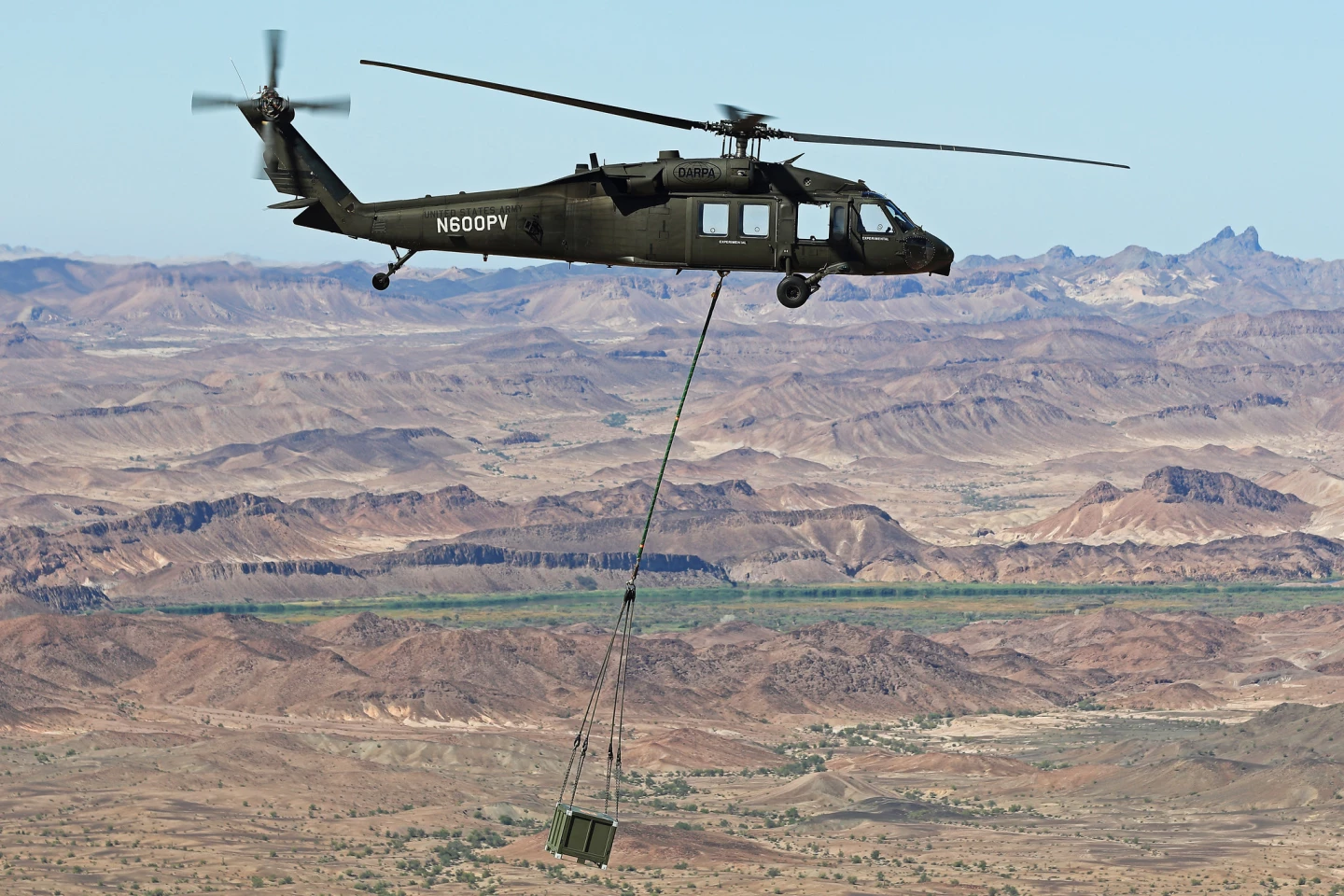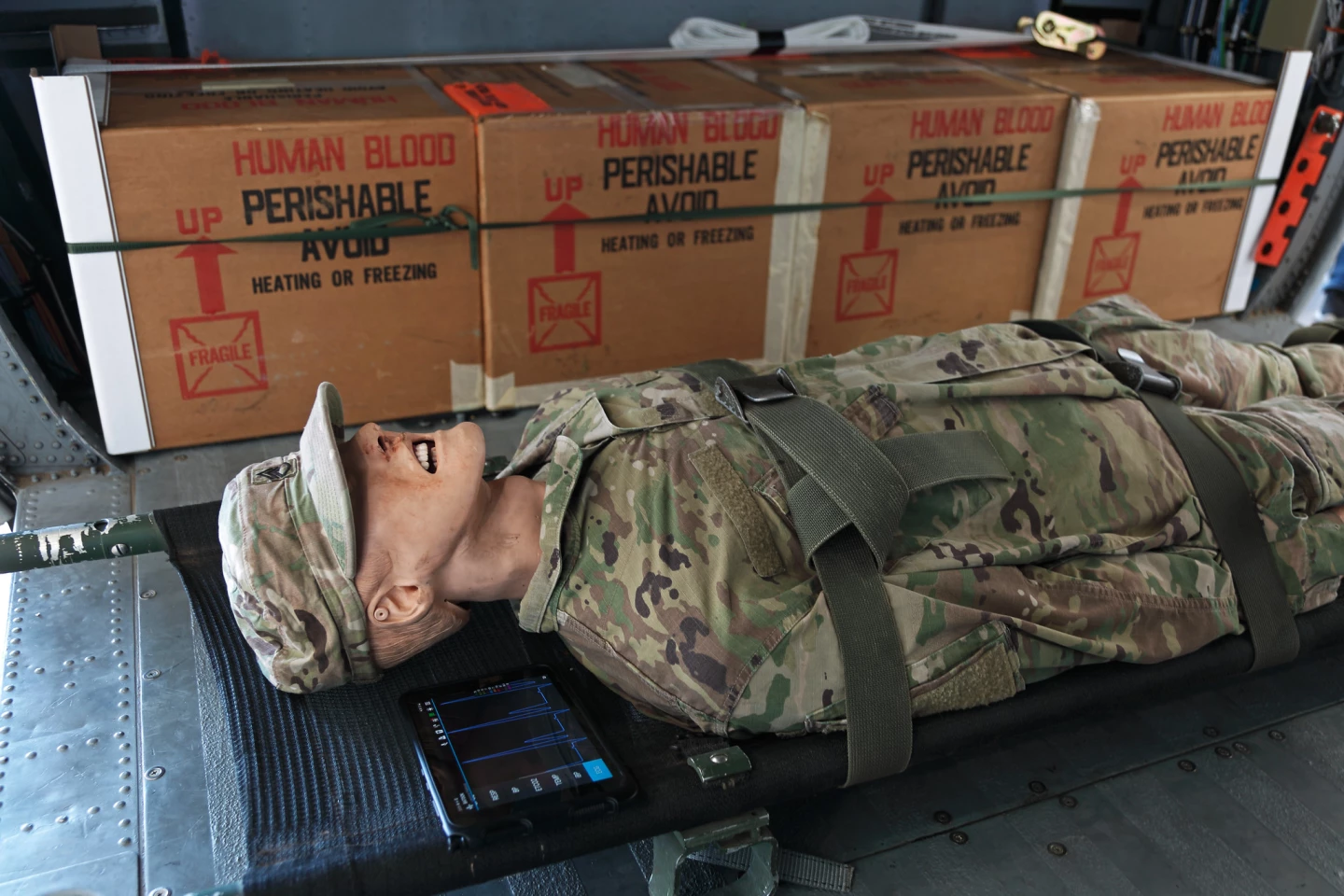The line between crewed and uncrewed aircraft has blurred even more after a Sikorsky Black Hawk helicopter carried out a demonstration cargo mission as well as a medical "emergency rescue" entirely on its own without anyone aboard or human guidance.
The recent series of autonomous flight tests were conducted on October 12, 14, and 18 at the US Army's Yuma Proving Ground in Arizona as part of the Army's Project Convergence 2022 (PC22) experiment in which US, British, and Australian service personnel evaluated 300 technologies, including long-range weapons, unmanned aerial systems, autonomous fighting vehicles, and next-generation sensors.
The general purpose of the exercise was to evaluate potential future military technologies. It also emphasizes the Army's insistence that any future combat helicopters like the Black Hawk must be pilot-optional or it's not interested. This isn't surprising, given that autonomous aircraft provide many advantages while maintaining the capabilities of a crewed helicopter. Not only can they be used for missions that would be too dangerous for a human crew, but they can also free up pilots from routine supply missions and they can self-deploy as needed.

The recent demonstration used a standard UH-60A Black Hawk that was retrofitted by Sikorsky and DARPA with DARPA's Aircrew Labor In-Cockpit Automation System (ALIAS) incorporating Sikorsky's MATRIX autonomy technology. These turned the Black Hawk into a completely automated aircraft that can take over key pre-flight procedures, including power, secondary control, wind checks, as well as the ability to control elements of adaptive flying like take off and landing. In addition, the helicopter can respond appropriately to emergency situations without human supervision.
During the demonstrations, the Black Hawk was loaded with a cargo of 400 units of real and simulated human blood weighing 500 lb (228 kg). Two pilots flew the Black Hawk to the starting point, landed, switched on the MATRIX system, and exited. MATRIX then took complete control of the helicopter and flew 83 miles (136 km) at 100 kn (115 mph, 185 km/h) while hugging the valley terrain at an altitude of 200 ft (60 m) to avoid detection.
The Black Hawk was then fitted with a 40-ft (12 m) sling holding an external load of 2,600 lb (1,179 kg) and took off. About 30 minutes into the flight, the helicopter was ordered to divert to a new location by a ground operator using a secure radio and tablet. Once there, it was commanded to release its load, land and wait while a casualty in the form of a mannequin was loaded aboard on a litter.

After taking to the air again, the Black Hawk flew to a medical station while a BATDOK health monitoring device integrated with the helicopter's communications system monitored the simulated casualty's condition and relayed the vital readings in real time to the medical team.
"We believe Matrix technology is ready now for transition to the Army as they look to modernize the enduring helicopter fleet, and acquire Future Vertical Lift aircraft," said Igor Cherepinsky, director of Sikorsky Innovations. "In addition to increasing flight safety and reliability, Matrix technology enables survivability in high tempo, high threat 21st Century Security environments where Black Hawk helicopters operate today, and Defiant X and Raider X helicopters could operate in the future. Uncrewed or reduced crewed helicopters could safely perform critical and lifesaving missions day or night in complex terrain and in contested battle space."
The video below recaps the autonomous Black Hawk mission.
Source: Lockheed Martin














